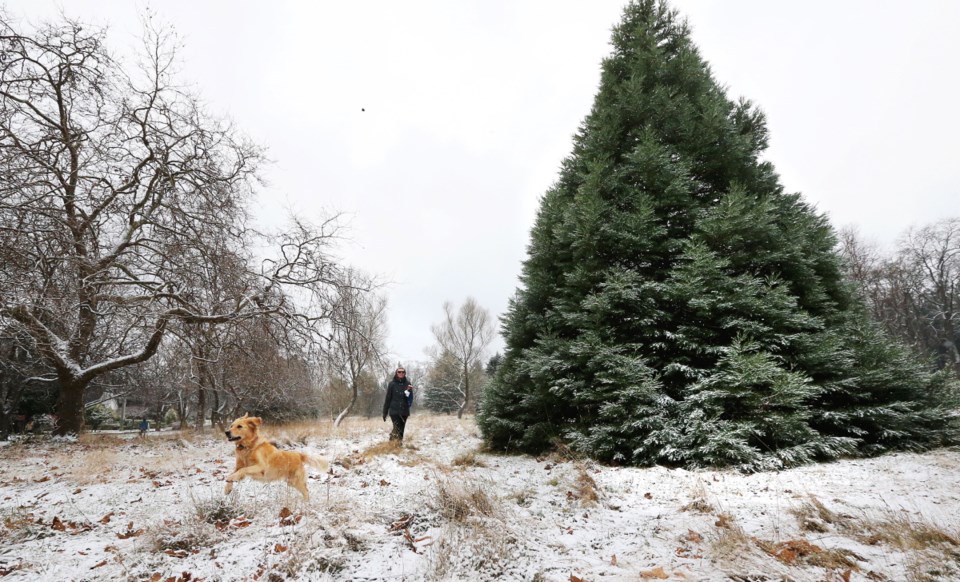Greater Victoria’s dry winter continues, although the winter of 2013-14 has slipped behind a couple of others on the all-time list for lack of precipitation.
Between October — generally the start of the wet period — and December 2013, only 137 millimetres of precipitation fell at Victoria International Airport, down from the average of 374 millimetres.
Environment Canada meteorologist David Jones said the dry streak — largely the result of a persistent ridge of high pressure serving as a shield against storm systems — has extended along the Pacific coast into Oregon and California.
“They’re at 100-year drought territory, too.”
Thanks to rain — and at higher elevations, snow — in the first part of January, this winter now sits as the third driest on record with 230 mm of precipitation since Oct. 1, behind 1978-79 (212 mm) and 1976-77 (205 mm).
Despite that, it has still been a drier-than-normal January, Jones said. The month’s precipitation is at only about 64 per cent of the January average.
Jones said the lack of precipitation has the potential to affect conditions later in the year, with one concern being that a minimal snow pack has accumulated at higher elevations.
“When there’s very little snow in the mountains, the water supply becomes a huge issue and the weather then through the spring and the summer really plays a role.”
That means significant dry periods in the spring and summer can add to the problem, Jones said. One result can be drier forests than usual and an increased risk of forest fires.
The current snow pack on Vancouver Island is seven per cent of normal, but it can change quickly. The next report on snow pack from the B.C. River Forecast Centre is due to be released Feb. 7.
Rain over the past few weeks has brought the level of the Sooke reservoir up to 84.4 per cent, from 75 per cent through the first days of January.



